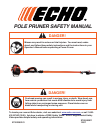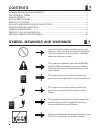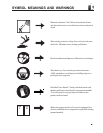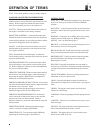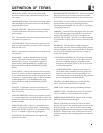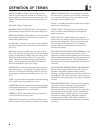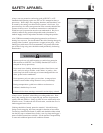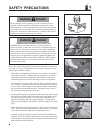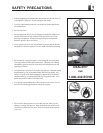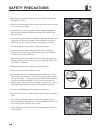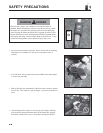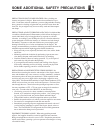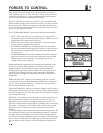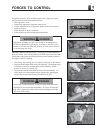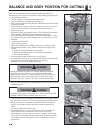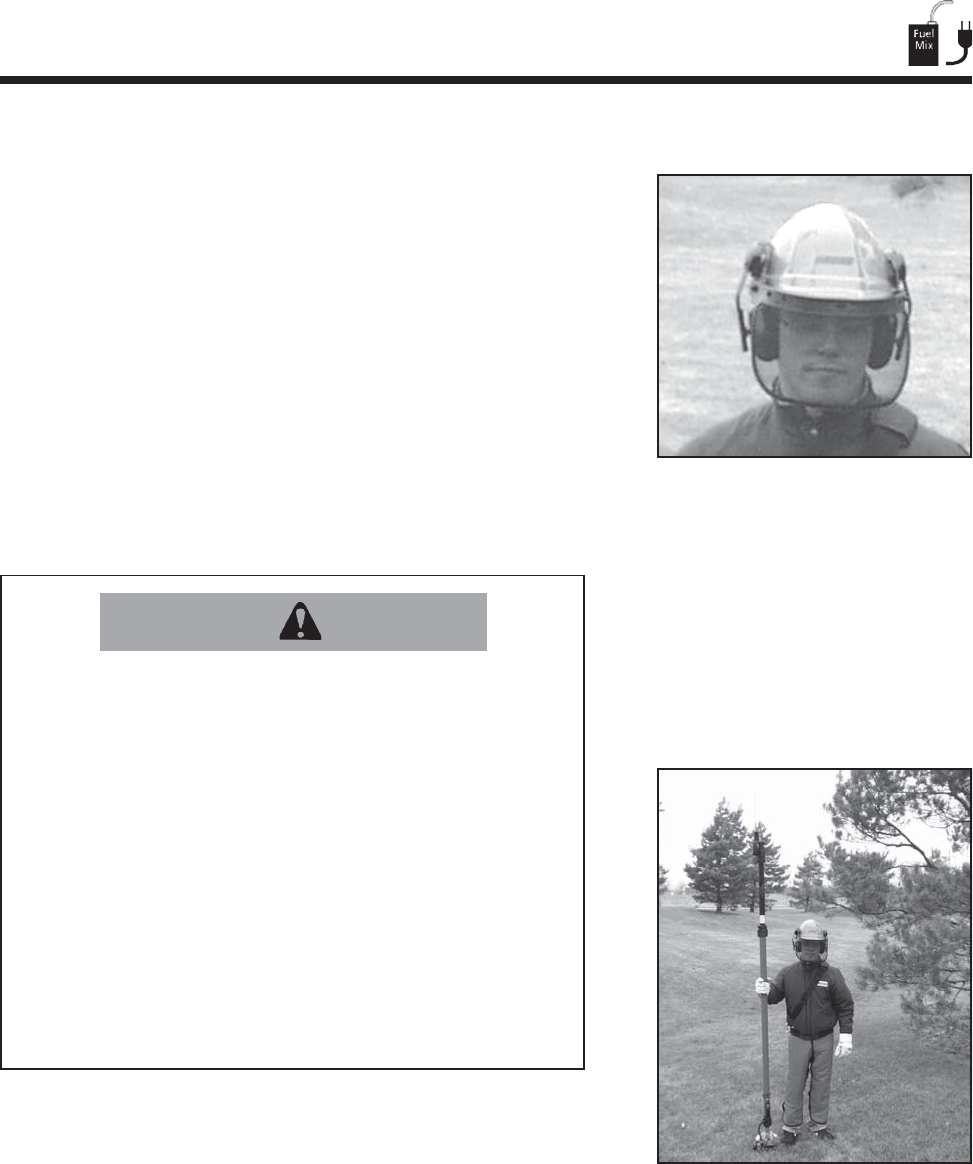
77
77
7
Always wear eye protection conforming to the ANSI Z87.1 or CE
Standard when operating a pole saw (Z87 or CE is stamped on the eye
protection). Wood chips, dust, snapping branches and other debris can
be tossed by the cutting saw chain into the operator’s facial area. Eye
protection may also offer some protection in the event the chain hits the
operator in the eye area. If conditions warrant that a ventilated face
shield be worn, eye protection must be worn underneath it. Hay fever
(rhinitis) sufferers may purchase disposable masks at hardware or
medical supply stores to help reduce the intake of allergenic particles.
Also, ECHO recommends wearing hearing protection at all times or
hearing loss can occur. You should reduce the risk of hearing damage by
wearing either “headset” type protectors or approved ear plugs. (Note:
Stuffing ears with cotton is not recommended.) All persons who make
part of their living using saws should be tested periodically for hearing
deterioration.
Operate a pole saw only while wearing eye and/or face protection
that conforms to ANSI Z87.1 or CE Safety Standard (Z87 or CE is
stamped on the eye protection).
Never wear loose clothing, unbuttoned jackets, flared sleeves and
cuffs, scarfs, tie strings, neckties, cords, chains, or jewelry. Also,
secure long hair which could snag or become entangled in the saw
chain, power head or underbrush.
Never operate a pole saw when you are alone. Arrange to have
someone remain within calling distance in case you need help.
During transportation a guide bar or blade cover known as a
scabbard, should always be used.
Failure to follow these warnings can result in serious injury or death.
Always wear a “hard hat” when felling or working under trees. Wear
heavy duty, nonslip gloves for improved grip, and also for protection
against cold and vibration. Safety tip shoes or boots with nonslip soles
should be worn. To reduce the risk of back strain, consider the use of a
lumbar support brace or belt.
Clothing should be of sturdy, protective material. It should be snug-
fitting to resist snagging, but roomy enough for freedom of movement.
Trouser legs should not be flared or cuffed, and should be either tucked
into the boot tops or trimmed short. Safety vests, leg chaps and logger’s
pants of ballistic material are available. It is the operator’s responsibility
to wear such additional protection if conditions warrant.
SAFETY APPAREL
WARNING DANGER
WARNING DANGER



